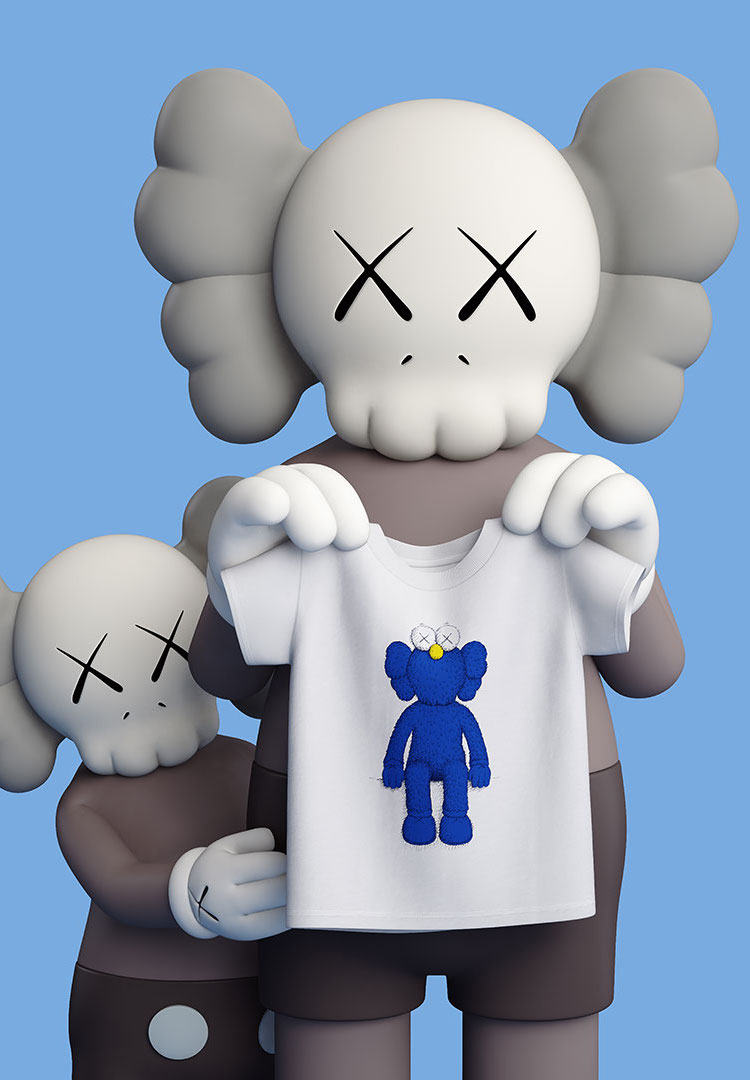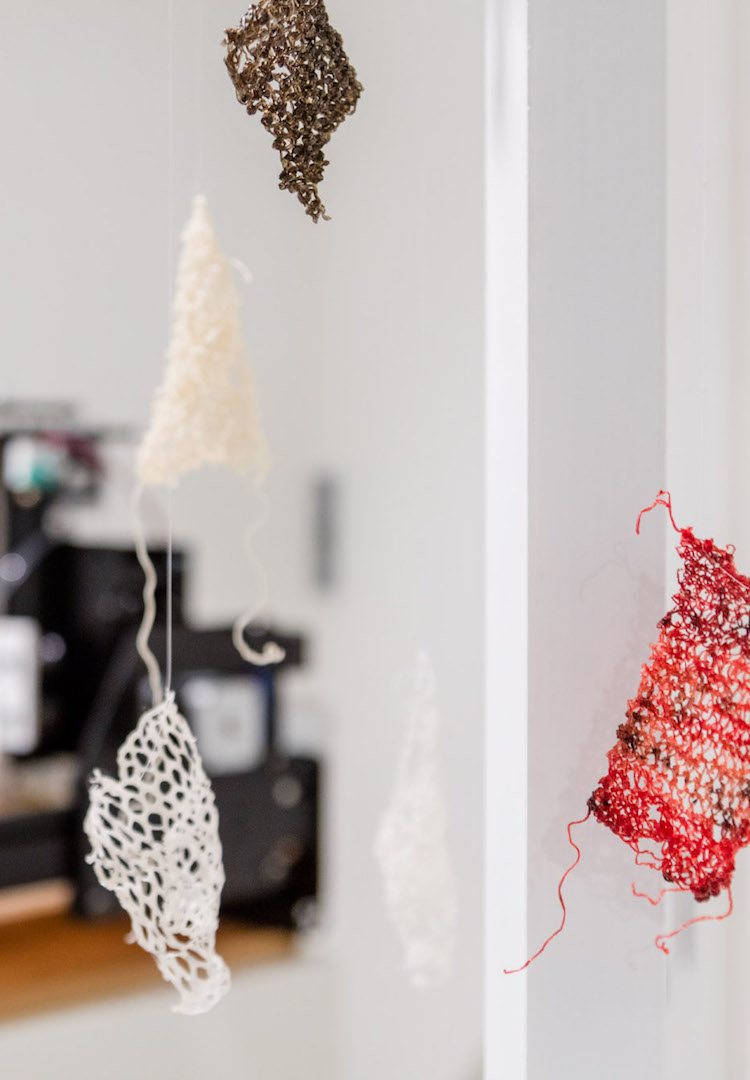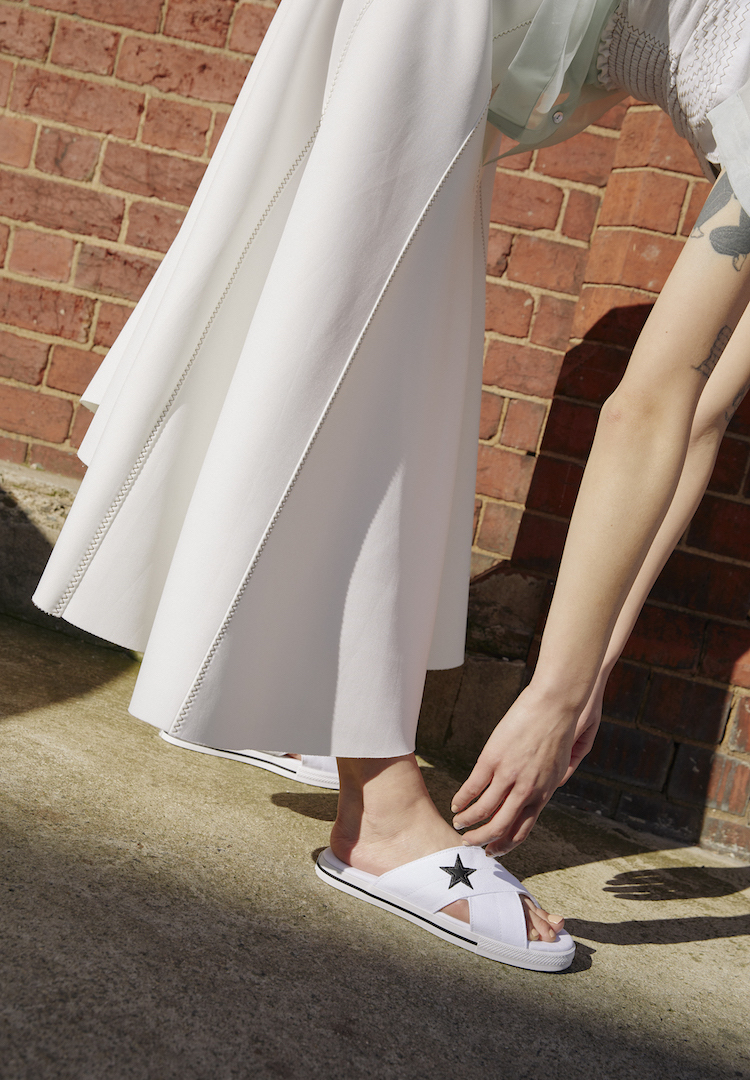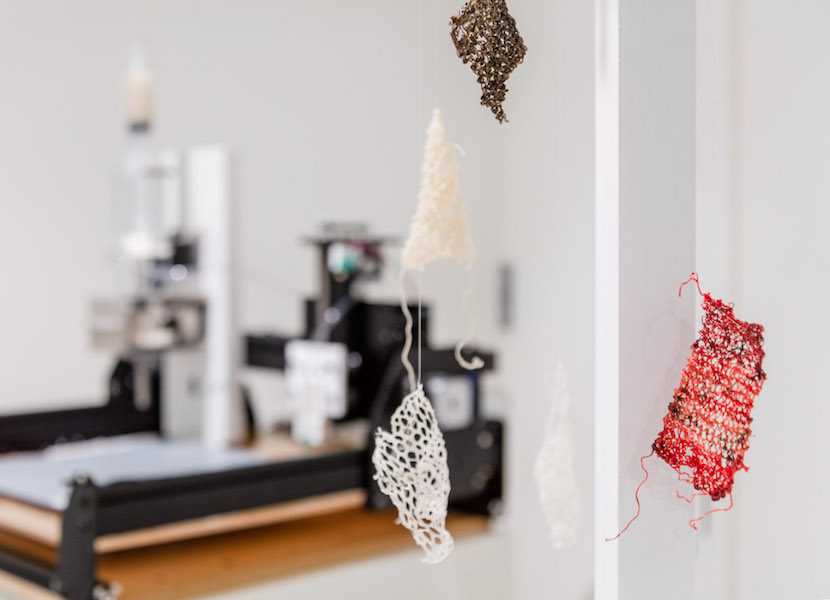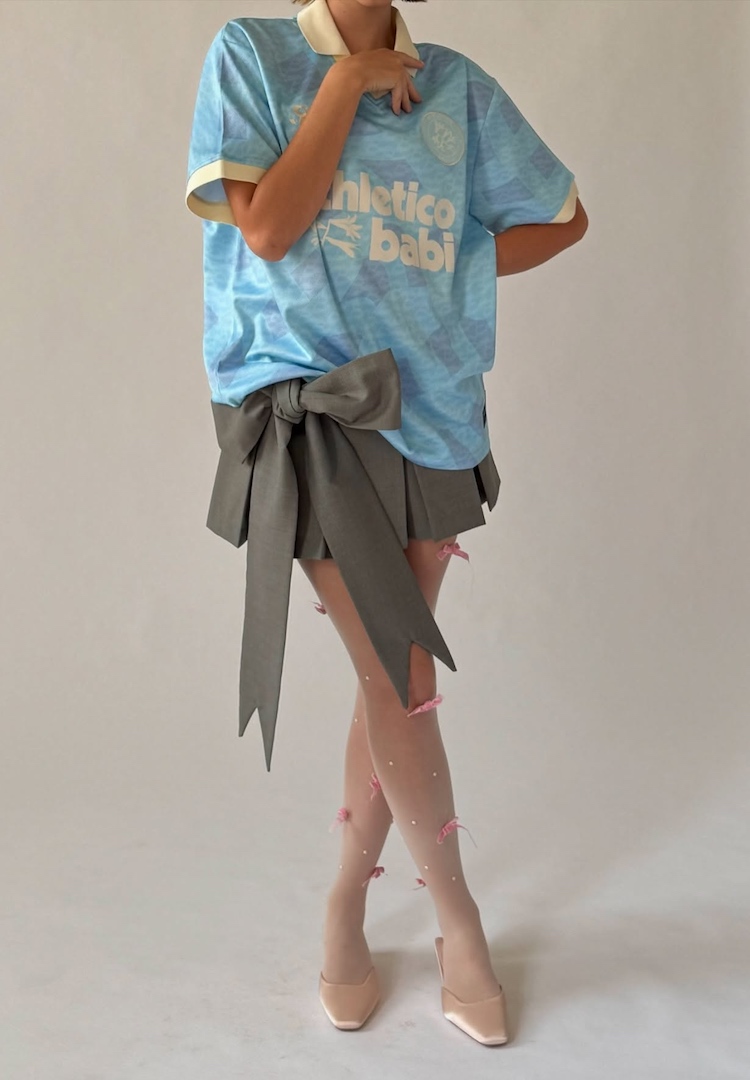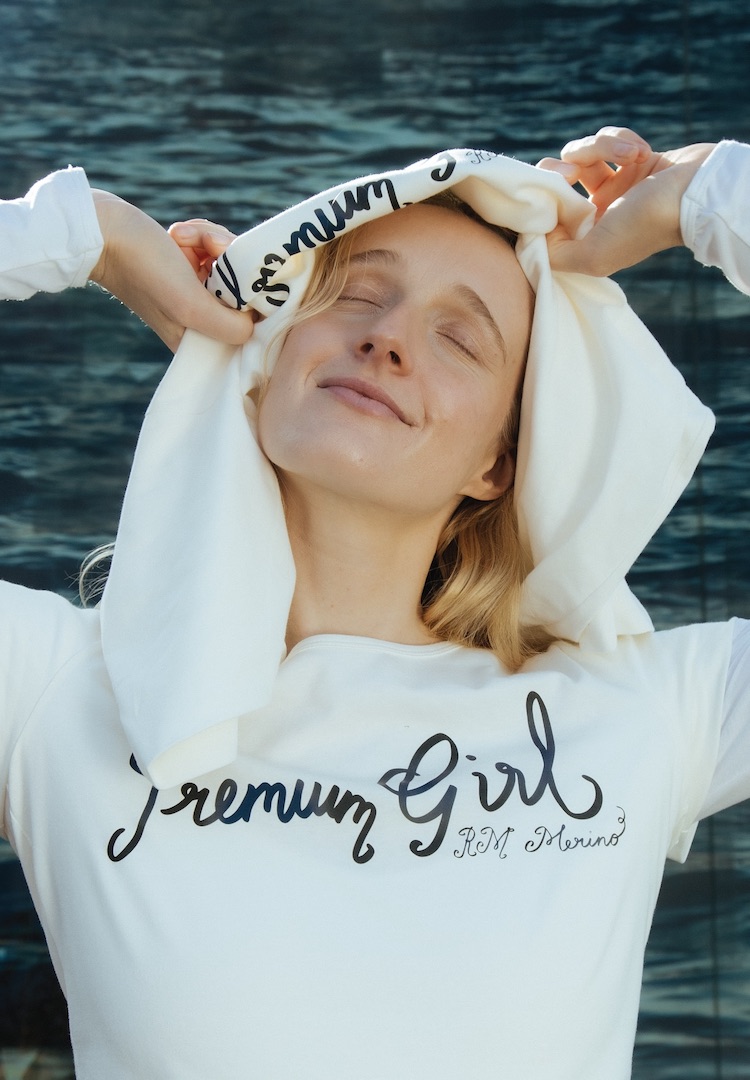Could algae be the future of sustainable fashion?
Image via Bio Design Challenge
Words by Matthew O’Leary
Think way, way outside the box.
Scientists, researchers, and inventors are constantly finding new and innovative ways to reduce our everyday waste output. From cleaning up ocean gyres to eliminating washing detergents and fabric softeners, original ways to reduce our carbon footprint without affecting quality pop up every other day.
The latest natural material that falls into this category is algae. It’s more commonly known as that green slimy plant that floats in water and serves its primary function as tadpole food rather than a high fashion fabric. But right now, that seaweed-like slime is being grown into environmentally-friendly textiles.
A small but increasing group of innovators believe harnessing living bacterias, like algae, is the key to zero-waste sustainable fabric. Algae grows to fit clothing moulds, whether it be a shirt or dress, almost like natural 3D printing.
It produces the precise amount of textile needed for a garment without any excess material to throw away. That means no deadstock, no waste and – as it’s totally biodegradable – all pieces break down into nontoxic substances when discarded.
With over 50 species of algae that we know of, it’s easy to farm for different attributes like texture, strength and flexibility. This versatility makes it an ideal raw material for fabrics and threads, according to zero-waste fashion designer and University of Technology Sydney (UTS) researcher Dr Mark Liu. Mark leads a group of researchers, known as “The Algae Crew,” who have run pop-ups promoting the power of the sea plant at Sydney Vivid and Splendour in the Grass.
“We can grow types of algae that are fatty and they can be used to replace the oil in fossil fuels to make our synthetic fabrics. We can grow others that have a lot of cellulose that is the same material as cotton,” he explains.
“Algae and bacteria grow really fast and are incredibly efficient which is why they present a sustainable source of material. It takes a field of cotton about 100 days to grow to maturity while microalgae doubles in biomass every 24 hours.”
The amazing thing about algae is that it cleans the environment while it grows, purifying water, turning carbon into oxygen and reducing fossil fuel dependence.
Fast fashion giant H&M also turned to the sea for its latest Conscious Exclusive collection, launching Bloom Foam footwear that features a high-performance foam made from algae. Each pair of shoes made from Bloom Foam algae produce around 225 bottles of filtered water which are returned to the environment, and keeps 21 balloons of C02 from entering the atmosphere, according to the manufacturer’s website.
While cotton is one of the world’s oldest known fibres, it’s becoming increasingly difficult to imagine its place in an industry that’s making continued efforts to be more sustainable. Its production has been linked to soil erosion, degradation and water contamination caused by the huge amount of pesticides cotton crops require. Not to mention the 20,000 litres of water needed to produce one kilo of cotton, which is just enough to make a single t-shirt.
The move to synthetic fabrics, like polyester, in the early twentieth century has proven just as bad with the appearance of plastic microfibres in oceans poisoning sea life.
Algae apparel is presenting itself as a sustainable option for the future of retail fashion. Theanne Schiros, Assistant Professor in the math and science department at the Fashion Institute of Technology (F.I.T.) in New York believes algae-based products provide a promising potential for mass-market commercialisation.
Working with her students at F.I.T. she created an algae-based yarn like fibre that can be knitted into apparel. Schiros famously wore a tank top knitted with the yarn for her TED Talk on sustainable fashion last year. Since winning the 2016 BioDesign Challenge for her work, she has co-founded Algiknit, a biomaterials company creating durable yet easily degradable yarns.
At the moment algae fabric is in its infancy with the underlying infrastructure still being developed, says Mark from UTS. He believes its ability to grow anywhere will be the key to its widespread success.
“If nature has taught us anything, algae scales exceptionally well because it can grow almost anywhere. It could be grown on an algae farm or it could also be used to clean up the waste stream of other industries such as purifying water,” he says.
Is algae the new black? Sources indicate probably yes.

